The Best 10 Movies of Alfred Hitchcock Ranked
Since the 1960s, people have been arguing about Alfred Hitchcock. Was he a cruel genius who forced performances out of his icy blonde actors by treating them like cattle? Some people, like well-known actress Grace Kelly, dealt with him better than others.
Some critics like the tongue-in-cheek British Hitchcock, but his first big hit, “The Lodger,” from 1927, was a sign of what was coming. David Thomson writes in “The New Biographical Dictionary of Film” that it is clear that Hitchcock learned a lot from his early Hollywood mentor, David O. Selznick, who taught him a lot.
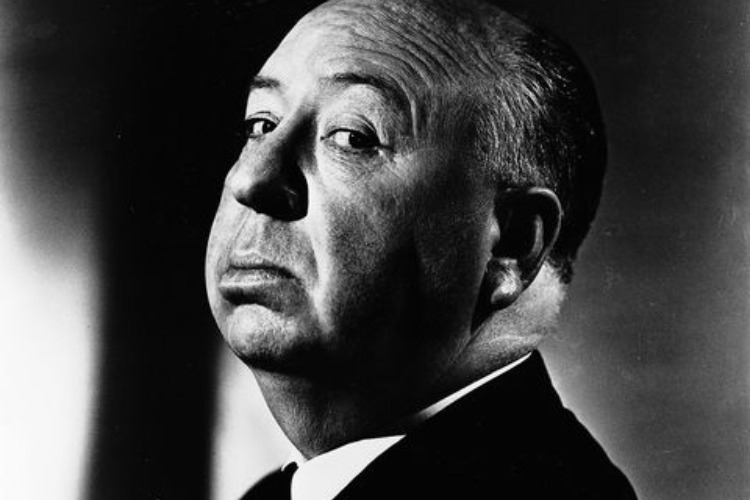
Over 50 years, the director always had a unique look and style, and he knew how to get people to care about his dark, often mysterious characters. From “Suspicion” to “Notorious,” Cary Grant was at his best when he played charismatic men whose motives and true natures were unclear.
Hitchcock was a true artist because he often followed his muse even when studios did not back projects that did not seem likely to make money. But he always made sure to have a lot of mainstream hits to balance out the experimental ones that did not work.
Also Read: John Legend blocks Blake Shelton to get ‘one of the best singers’
He did not care that his obsession with genre elements, which are so highly valued as commercially “safe” today, made his movies look like B movies to the Hollywood establishment. He proved the suits repeatedly wrong because he understood what audiences wanted better than any other filmmaker, maybe until Steven Spielberg.
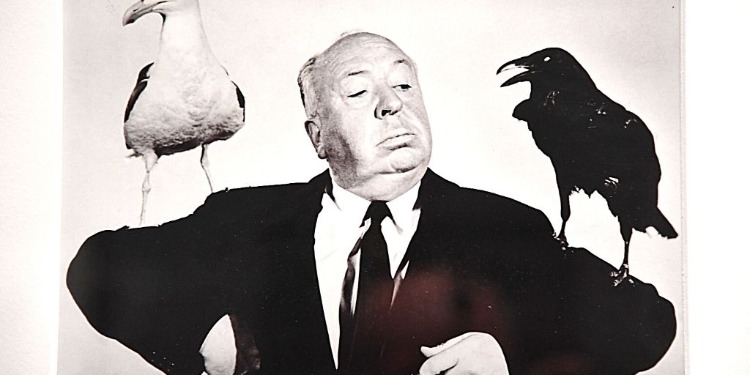
It was clear that he liked shocking and scaring them. And more than most filmmakers, Hitchcock was in charge of how his stories were made and how they were told. He also liked using television as a medium, which, along with his cameos in movies, helped the public recognize him.
“Hitch” became the most well-known director of all time because he was one of the first to understand how important branding was. He was good at self-promotion, so he put himself in the trailers for his movies. He made up a funny character: a director who winks at the audience as he tries to scare them to death.
Do we defend Hitchcock’s use of rear screen projection until the bitter end, when it was no longer popular? In “Family Plot,” the fake turns in the road made me laugh. But in the end, that stubborn habit was not a big deal.
As a remastered version of “Rear Window,” Hitchcock’s classic voyeuristic film, goes back on the market, the TOH gang ranks in the top 10 Hitchcock movies.
10. “Rebecca” (1940)
This Daphne du Maurier gothic melodrama was his first movie with producer David O. Selznick, whose focus on making people happy was at odds with the Englishman’s dark side. Mrs. Danvers, the housekeeper who works for the wealthy Max de Winter and is obsessed with his dead wife, is played by Judith Anderson wickedly (Laurence Olivier).
Joan Fontaine’s heroine, who is in line to become the second Mrs. de Winter, goes through psychological torture at the hands of Danvers and is almost driven to madness and suicide. In black-and-white, “Rebecca” has a ghostly feel, even though the Production Code toned down some of its creepier parts, like Danvers’ almost sexual fixation on a dead woman.
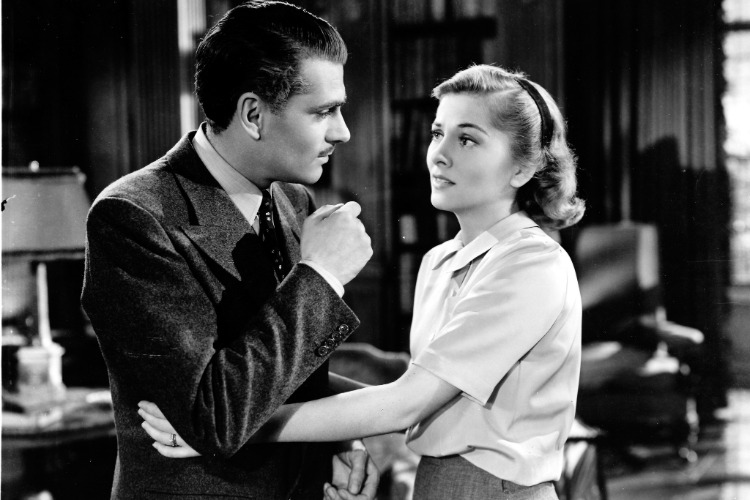
But one of the best things about watching Hitchcock in the 21st century is that these sneaky quirks are still there.
9. “Rope” (1948)
In Hitchcock’s first Technicolor movie, Brandon and Phillip, played by John Dall and the pretty boy Farley Granger, are two bored and uninterested friends who kill a former classmate in their apartment almost as a joke, throw a party for the victim’s friends and fiancee there.
The body keeps getting stiffer in the chest in the middle of the room. Rupert Cadell (Jimmy Stewart), a philosopher and former mentor who gave them the idea of killing as an intellectual exercise, comes along.
Long before “Birdman” took flight, Hitchcock stitched together ten takes to make it look real-time. He did this at a time when cameras could only hold ten minutes of the film, which pushed the state of cinematic art.

In the famous Truffaut interviews, Hitchcock called the film’s technique a “stunt” and a “gimmick.” However, this was just the director’s way of being modest and not letting the cat out of the bag.
Since the Hays Code ended in 1948, the gay subtext of Brandon (Dall) and Phillip’s (Granger) relationship has been seen as the actual text of a movie that is all about male anxiety and dread.
8. “Shadow of a Doubt” (1943)
Mass murders by people whose friends and family do not know they want to kill are sadly widespread these days. Hitchcock’s movies were often about how appearances can be deceiving, but few of them hit as close to home and seem as relevant as this one, which shows the dark side of what appears to be a lovely small town in the United States.
Also Read: Anne Heche Net Worth 2022: Actor, Model, and Reality Tv Personality Earnings!
Charlotte, a teenager unhappy with her middle-class life and looking up to her charismatic and worldly Uncle Charlie, is played by Teresa Wright (charmingly monstrous Joseph Cotten). She feels like she is psychically linked to him, and in his honor, she has been called “Little Charlie.” She is looking forward to his visit.
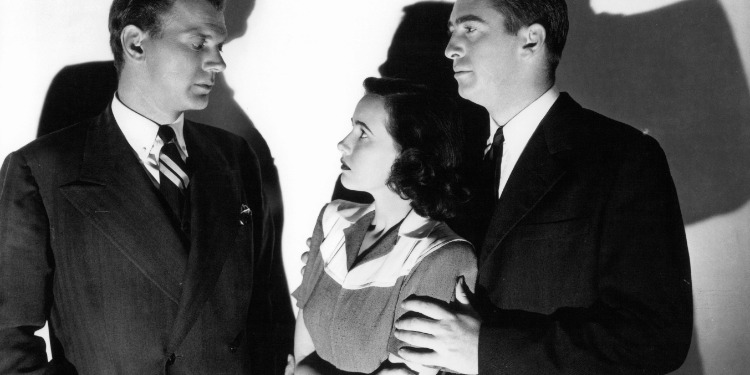
But when he starts hiding newspaper articles about the “Merry Widow Murderer,” she thinks he might be the one who made the killings. The noirish thriller is a bit like a Nancy Drew detective story, but there is also an undercurrent of an incestuous attraction between the two main characters. The main character, Charlie, loses her innocence by putting herself in danger to discover the truth about her uncle’s terrible deeds.
Hitchcock said that “Shadow of a Doubt” was one of his favorites. This is likely because it uses doubles in a way that is so fascinating that it is hard to look away.
7. “Spellbound” (1945)
First-rate Hitchcock and a direct precursor to “Vertigo.” A tense psychological thriller about a murder set in a hospital for the insane, helped by Gregory Peck’s fragile performance as the distinguished but distraught Dr. Anthony Edwards and that famous sequence by Salvador Dali, which was meant to show how Ballantyne’s mind worked like a slalom.
Hitchcock’s foray into surrealism is funny, but we still like the shot of the gun from the villain’s point of view, where he turns it over and over and then shoots it into the camera.
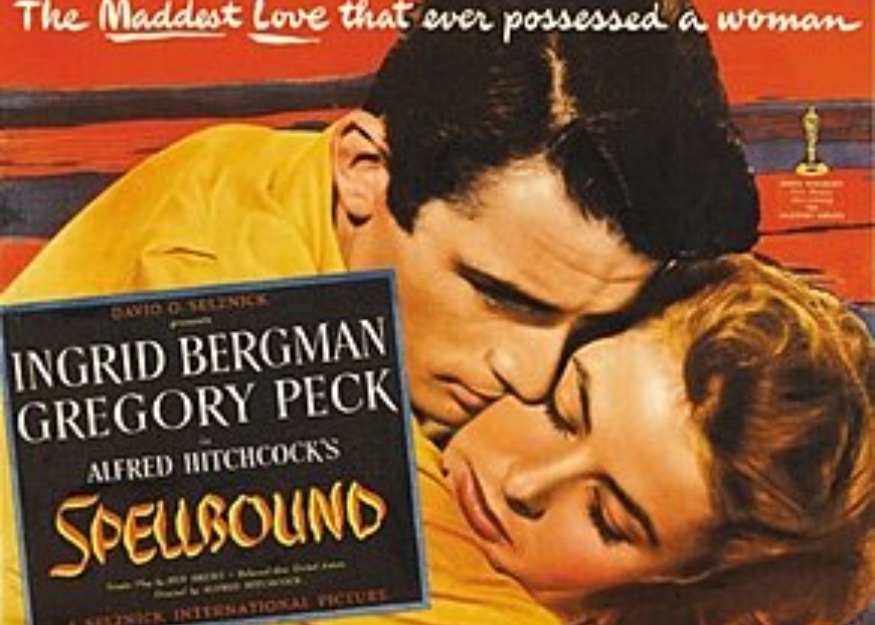
6. “Strangers on a Train”(1951)
“Strangers on a Train” has fairground scenes in both the first and last acts. The first one, with its bright silhouettes in the Tunnel of Love, is one of the director’s best set pieces. The movie speeds toward its end like a carousel out of control.
In between, playboy Bruno Anthony (Robert Walker) pursues handsome tennis player and reluctant accomplice Guy Haines (Farley Granger) with passionate abandon, crossing his repressed desires with his plan for the perfect murder.
Even though Bruno’s desire to hunt sometimes reminds us of Hollywood’s long history of homophobic stereotypes, the shiver of forbidden energy between Bruno and Guy makes a film that is otherwise a model of relaxed control.
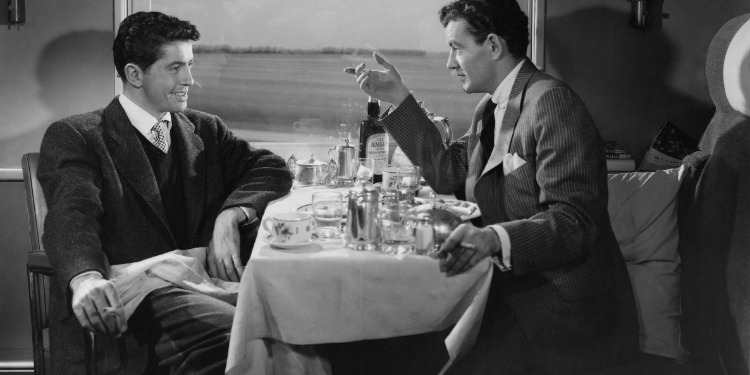
Until the end, when the plot spins off its axis in an action explosion, any studio tentpole would do well to try to match.
5.” The Birds” (1963)
No one will ever know how cruel Hitchcock was to Tippi Hedren because he made the poised but inexperienced model-turned-actress fight live birds for a week until she collapsed in a doctor’s care.
She had said that “evil and deviant” Hitchcock harassed her in a way that would be illegal today and that he made her career and then ruined it when she turned him down. (He only ever called her “the girl.”)
In “The Birds,” Hedren plays Melanie Daniels, an elegant French-twisting city prankster. She is the coldest of Hitchcock’s blondes, so when ravens, gulls, crows, sparrows, and pigeons attack the people of a California beach town, she shows a terrifying vulnerability.
She runs away from a glass phone booth and ends up at the house of Mitch Brenner (Rod Taylor), another man whose mother is in charge (Jessica Tandy). Again, Hitchcock broke the rules when he made this scary movie without a score.

We can hear the wind, the wings flapping, and beaks hitting flesh. Nature vs. man is a common theme, but it was not always that.
4. “Rear Window” (1954)
“Lisa.” Flick.Flick. “Carol.”Flick. “Freemont.” When her brave socialite turns on the lights in the first few minutes of “Rear Window,” Grace Kelly says my three favorite movie lines.
Lisa’s first conversation with her injured lover, photojournalist L.B. “Jeff” Jefferies (James Stewart), is as swoony and stylish as Franz Waxman’s hot-to-trot score. It sets the tone for Hitchcock’s voyeuristic mystery from the start.
Also Read: Amber Heard Net Worth 2022 (Updated) : How has her Personal Life Influenced Her Net Worth?
With only one room to work with, the director makes a miniature world by looking in on newlyweds and lonelyhearts through Jeff’s long, thick… lens. “Rear Window” uses the sights and sounds of a faraway city to create romance, suspense, and even horror, all of which are lightened by Thelma Ritter’s funny nurse.
The movie is a tribute to the power and strangeness of looking and reminds us why we love movies so much.
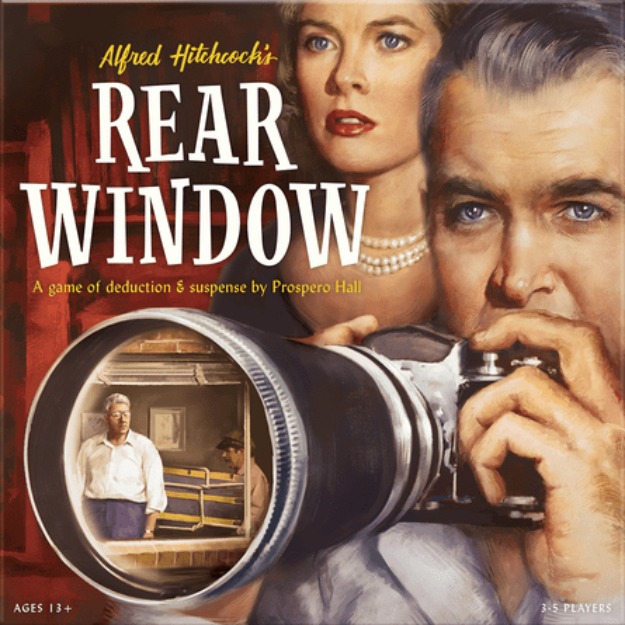
3. “Psycho” (1960)
It is hard to imagine how radical and strange “Psycho” was when it came out 55 years ago. It was like Steven Spielberg had become an independent filmmaker who broke every rule in the book.
In the first shot, the camera sneaks into a hotel room to watch Marion Crane (Janet Leigh), who is half-naked, tryst with a married man (John Gavin). We trust Marion as she steals money, buys a car, and checks into the Bates Motel, where taxidermist Norman Bates (Anthony Perkins) and we watch Marion undress through a keyhole.
Bernard Herrmann, Hitchcock’s go-to composer, reaches new heights of screeching terror in the ultimate quick-cut murder sequence that will always be known as “The Shower Scene,” in which our leading lady dies before the movie is halfway over.
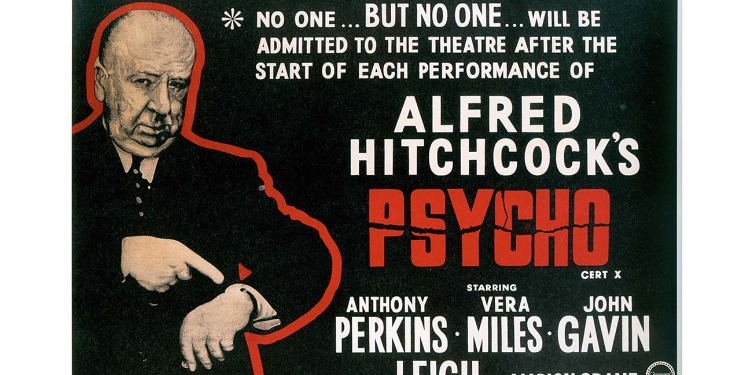
Critics did not know what to make of the way Hitchcock played with time, space, and the viewer. Film fans have studied those shots for decades. None of the horror movies that tried to copy “Psycho” have been as good as “Psycho.” They will not either.
2. “Vertigo” (1958)
If you do not like “Vertigo,” you probably do not like movies. In Hitchcock’s mesmerizing, fantastical 1958 mystery, which still sits proudly on top of Sight and Sound’s Greatest 50 Films of All Time poll, dethroning “Citizen Kane,” icy blonde Kim Novak shines in two roles while Jimmy Stewart’s acrophobic character, Scottie, makes her into the ultimate fetish object by trimming and grooming her.
Also Read: What Is The Tiktok Old Grannies Meme Trend? Tiktok Users Play Pranks Using The Old Grannies Meme
This is still Hitchcock’s most twisted movie. As Judy dies, a nun rings the bells on the mission tower. Hitchcock invented the “bait-and-switch” way of telling a story, which is used in many modern thrillers. At first, the level of Madeleine and whether or not she is possessed seems like a cheap ghost story, but it turns out to be a more profound psychological story about disguise and desire.
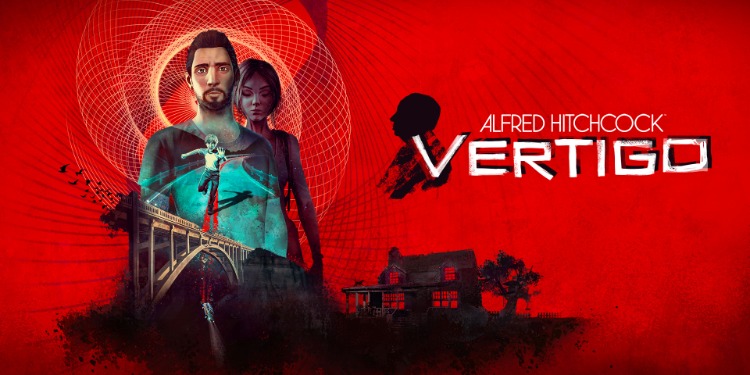
1.“Notorious” (1946)
Hitchcock’s movies are often hard to understand from a psychological point of view and very funny, but they are rarely very romantic. Ben Hecht’s “Notorious” is a dark World War II spy thriller in which Cary Grant’s character, Devlin, convinces Ingrid Bergman’s character, Alicia Huberman, to join a group of Nazis in South America.
As the two fall in love and share one of the most prolonged kisses on screen, Alicia feels good about doing something bigger than herself. But things get complicated when Alexander Sebastian, a family friend played by Claude Rains, asks Alicia to marry him.
She and Devlin disagree on what is best for each other or their country, so they send mixed messages. So she does it, putting herself in a lot of danger. In a stunning sequence, Devlin goes to a fancy party where he and Alicia, who has stolen the wine cellar key from her husband, explore the cellar and embrace it to make Alexander think that Devlin is just trying to hit on her.
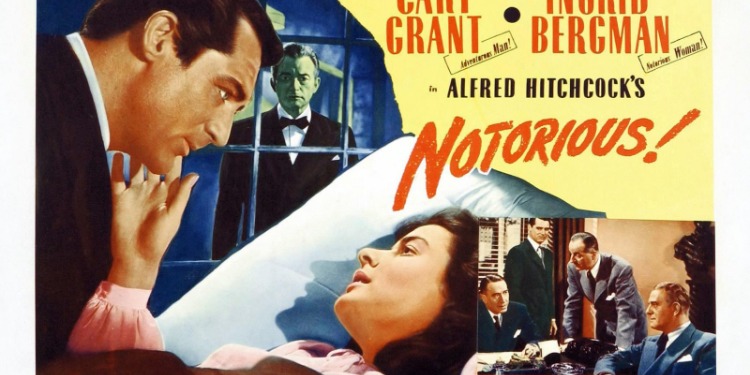
Alexander’s mom figures out what is going on and starts poisoning Alicia. Devlin needs to think of a way to save her. Grant, Bergman, and Rains are all at their most convincing. And Hitchcock is, too.

